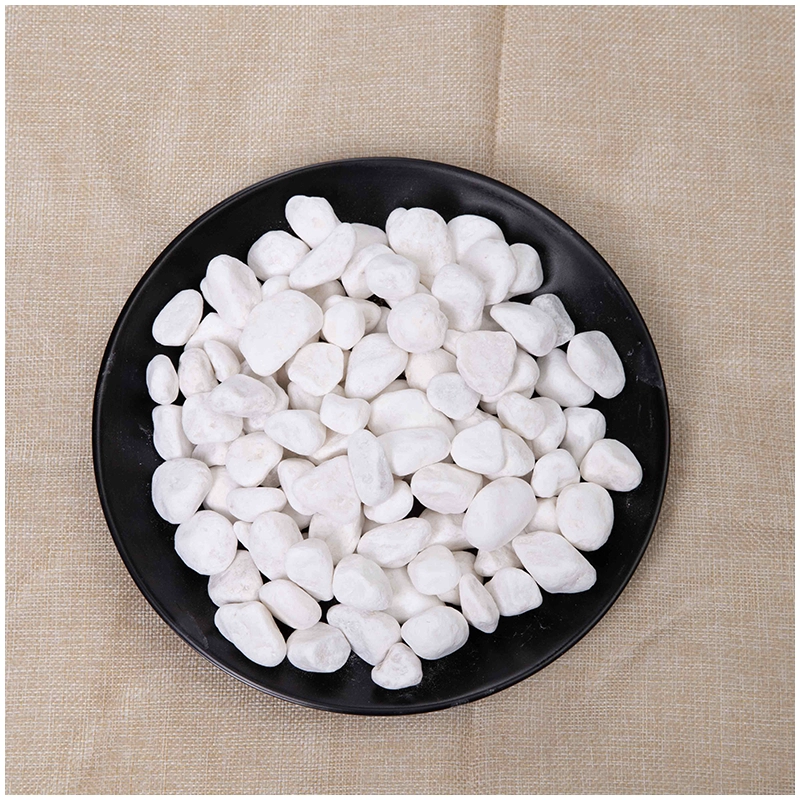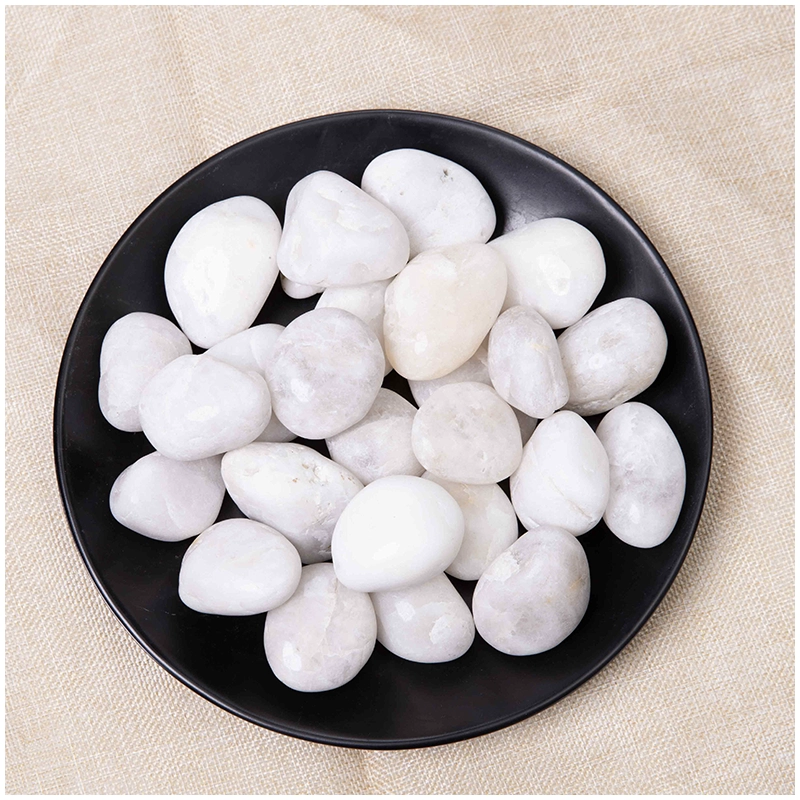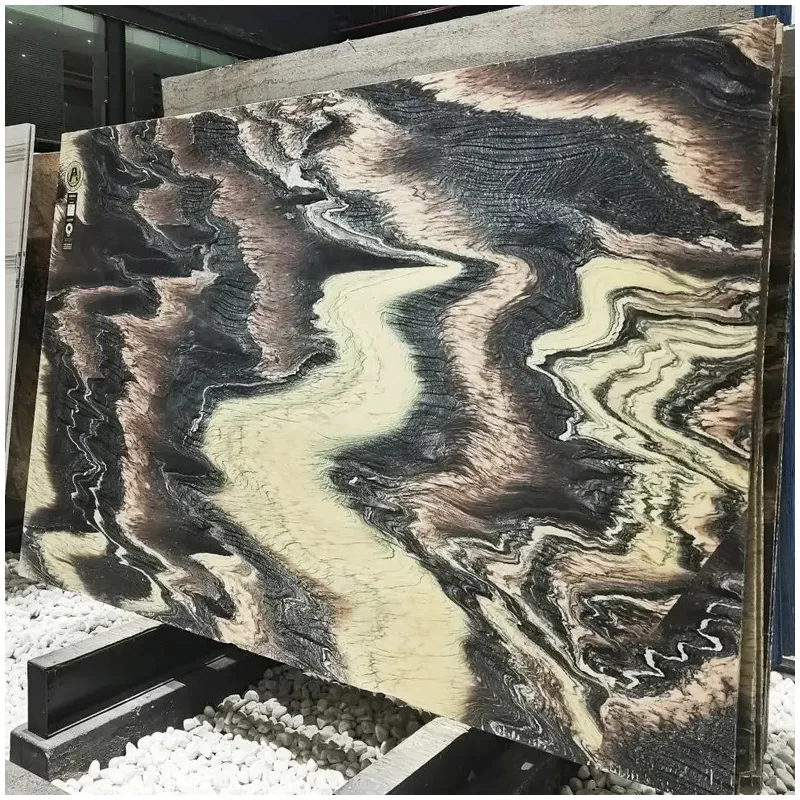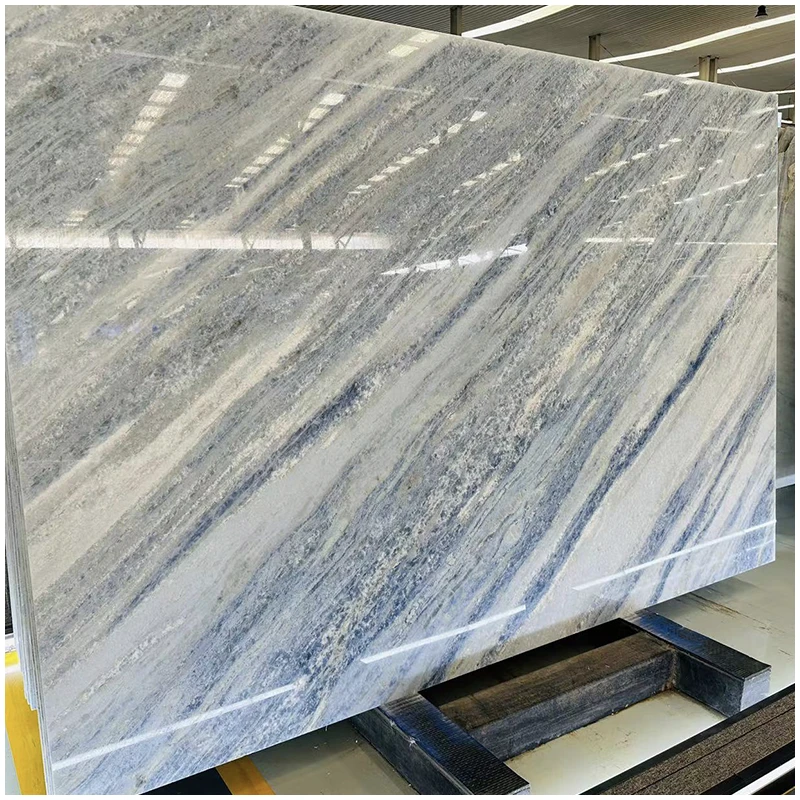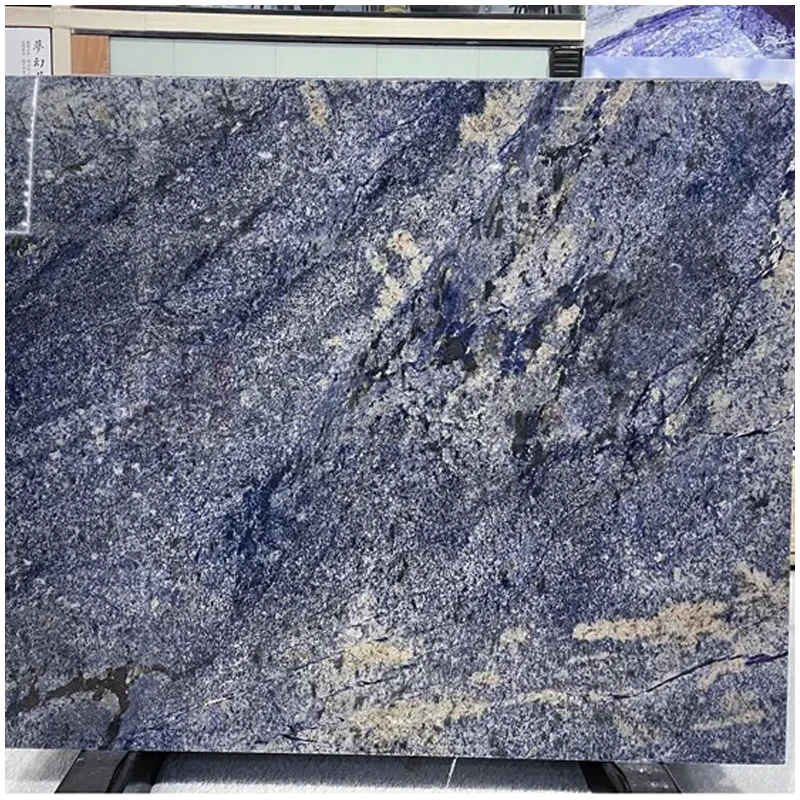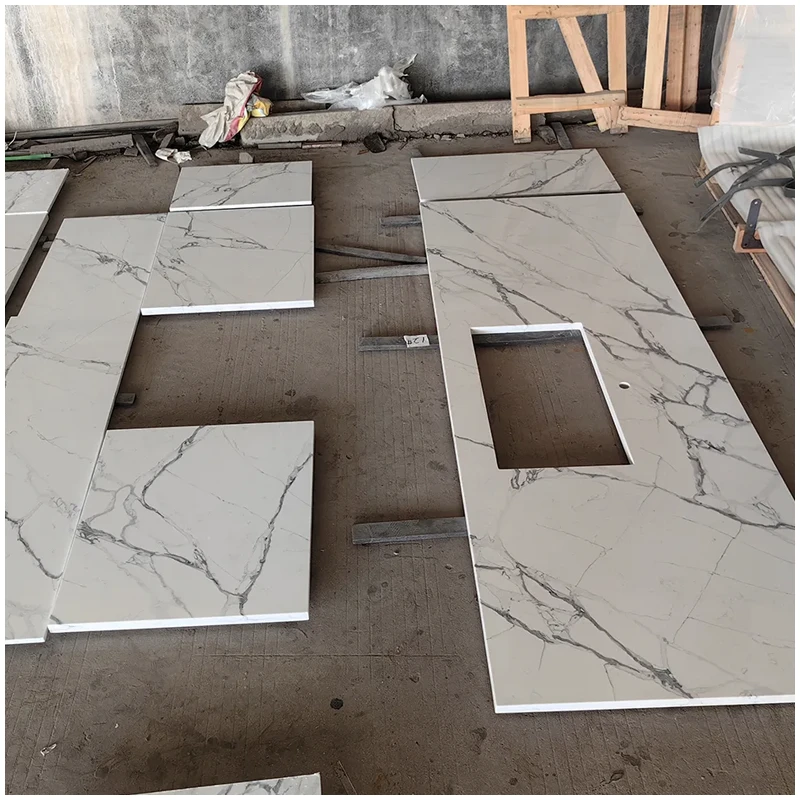Carreaux de sol en marbre blanc Volakas
Volakas White Marble Tile Collection Bring natural color, beauty, and warm tones into your home with the Volakas marble series. This authentic Greek marble was used for thousands of years in statues and is guaranteed to bring distinctive style to any space.
Volakas marble’s best-kept secret is an unusual beauty that never fails to dazzle the observer. Original from Greece, this white natural stonework is appreciated both for its uniformity as well as its grey tone veins rushing across a white backdrop to create a unique, timeless kind of marble.
| Good Quality Volakas White Marble Slab | ||
|
Matériau |
Ajax Volakas White Marble | |
| Finition de la surface | Poli, adouci, etc. | |
| Dalles |
Taille |
1800(up)x600(up)mm
1800(up)x700(up)mm
2400(up)x1200(up)mm
2800(up)x1500(up)mm
… |
| Merci d'avance | 18mm, 20mm, etc. | |
| Carreaux | Taille |
300x300mm
600x300mm
600x600mm
… |
| Merci d'avance | 18mm, 20mm, etc. | |
| Comptoirs |
Taille |
Personnalisation sur la base des dessins/exigences |
| Merci d'avance | 18mm, 20mm, etc. | |
| Dessus de lavabo | Taille | Personnalisation sur la base des dessins/exigences |
| Merci d'avance | 18mm, 20mm, etc. | |





Quelle est la différence entre le marbre poli et le marbre adouci ?
Le marbre poli a un aspect brillant et lustré. Il est très lisse et son revêtement agit comme un protecteur. Le marbre adouci est une finition plus plate, moins réfléchissante. Les gens choisissent souvent le marbre adouci parce qu'il est moins susceptible de se rayer ou de se graver. Une rayure sur une surface mate sera généralement moins visible que sur une finition brillante. Toutefois, le marbre adouci sera plus sensible aux taches car les pores de la pierre sont plus proches de la surface. Les deux options conviennent à la plupart des applications, y compris dans les cuisines et les salles de bains.
Why does marble turn yellow?
White marble can turn yellow or brown when the stone is directly it is exposed to water for long periods of time, or if the stone is penetrated by harsh chemicals, including bleach and acids found in some foods and household cleaners. The yellowing usually happens because the iron in the stone oxidizes. If the seal on the marble has weakened or worn, water and other chemicals can reach the surface of the stone and absorb into the pores, which causes discoloration.
Yellowing and discoloration can also be caused if the marble is not cleaned properly. Some cleaners, polishes, and waxes that are not designed for marble can leave a build-up that will cause the stone to turn yellow.
In most cases, the stone can be repaired. It is suggested that you contact an expert for these repairs.






